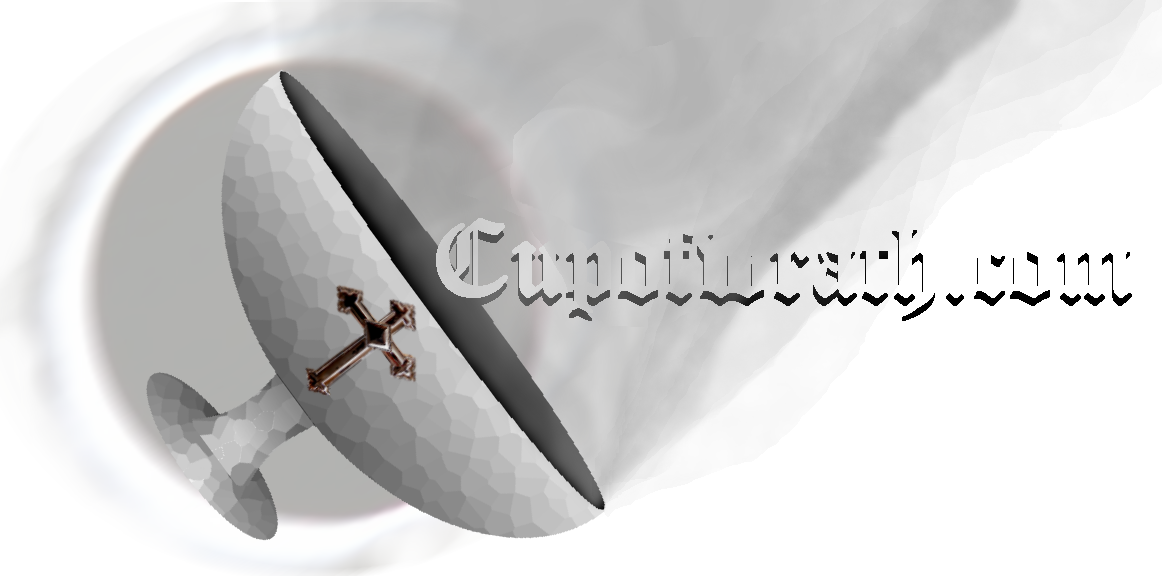Articles and Questions
Does John 12.24 Teach that Seeds Die?
In John 12.24, Jesus says that a wheat seed must die to bring forth fruit. Some critics use John 12.24 to say that Jesus believed seeds could not grow unless they died. Does John 12.24 teach that seeds die before they grow?
John 12.24 reads, "Verily, verily, I say unto you, Except a corn of wheat fall into the ground and die, it abideth alone: but if it die, it bringeth forth much fruit" (John 12.24 KJV bible).
Critics use verses such as John 12.24 to try to discredit the bible. They use John 12.24 to suggest that the bible contradicts science and fact. In their opinion, John 12.24 is an ignorant statement about the life of a seed.
A lot of the confusion about John 12.24 comes from the language used to describe seeds. Nowadays when we talk about seeds being alive or dead we are referring to their viability. A viable seed has the potential to sprout and grow, whereas a nonviable seed does not. A viable seed is alive, and a nonviable seed is dead.
So the description of a seed dying before it grows sounds strange to us. If the seed sprouts and grows we think of it as being alive or coming to life. We don't associate a sprouting seed with death. A rotting seed is dead, but a sprouting seed is very much alive.
When studying the bible its important to move past semantics. A good student seeks after the idea that's being expressed through the words. The skeptic, however, has little interest in the meaning of the words. Their goal is to find fault, not resolution.
Does a seed "die" to become a plant?
What's being described in John 12.24 is the destruction of the nature of the seed. In the process of sprouting the seed sacrifices itself, or dies, to become a plant. The seed loses its nature as a seed to become something greater.
A seed is similar to an egg. Just like an egg, a seed contains an embryo of living tissue. The remainder of the seed is designed to feed, protect, and sacrifice itself for this embryo. The seed doesn't turn into a plant, but is used up for the success of the embryo it carries.
The most obvious feature of a seed is its outer shell. Seeds generally have an outer shell to carry the embryo, and protect it from its environment. When conditions are right the seed draws in moisture, and breaks open this shell. Having served its purpose, the shell is discarded.
Seeds store chemical energy. This is why many of the foods we eat are seeds, because they have bits of energy stored in them. When the seed sprouts, the embryo uses up this energy reserve to get started. The embryo needs this bit of energy to send down a root for water, and to send up leaves to gather light. The bit of energy within the seed is sacrificed to establish the new plant.
The life of a seed is sacrificed.
In John 12.24, Jesus compares his life to a seed of wheat. A seed of wheat must be sown into the earth and die to create a new plant. This is the glorification of the humble seed. In sacrificing its substance it rises from the earth. In its death, the seed doesn't disappear, but multiplies itself many times in the world. In losing its form as a seed it brings forth more into the world.
In John 12, the time of Jesus' crucifixion is approaching, "...The hour is come, that the Son of man should be glorified" (John 12.23 KJV bible). In Jesus' crucifixion, his life would be sacrificed, and spiritually sown into the earth. By his sacrifice, Jesus would not remain alone, but bring forth many children in the world.
Just as the seed multiplies itself through sacrifice, we are reborn through Christ's sacrifice. By his crucifixion our sins are forgiven, and we are born of the Spirit as children of God. Being the spiritual seed of Christ, we follow in his path so that we may share in his glory. Therefore like the seed, our lives should be fruitful to God.
Comments are Welcome... Rules: (1) Post on topic. (2) No slanderous or abusive posts. (3) No repetitive or continuous posting.
Bible Resources
Links

 icloud.com
icloud.com